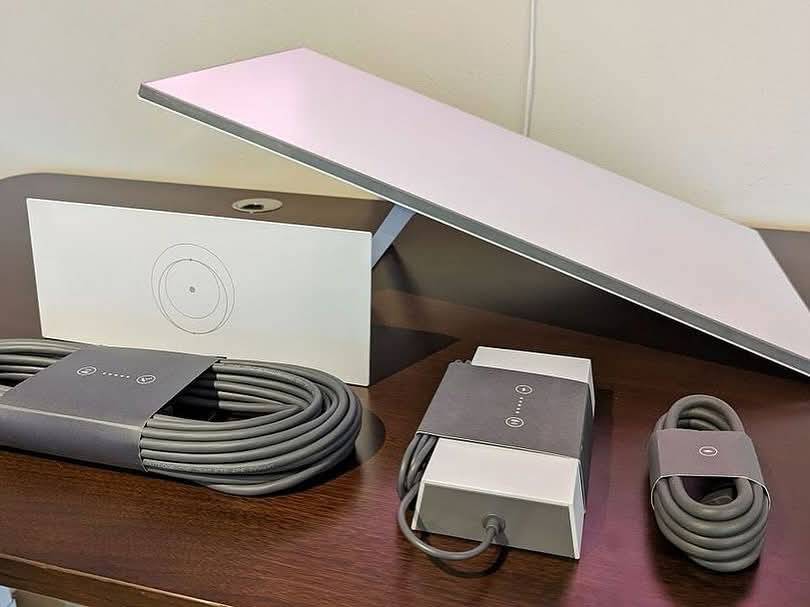Starlink, the satellite internet service provided by SpaceX, has been a game-changer for many countries with limited or unreliable internet infrastructure. In South Sudan, where traditional broadband services are scarce and expensive, Starlink promised high-speed, low-latency internet access—an essential tool for businesses, education, healthcare, and communication.
However, recent developments have made Starlink unaffordable for most South Sudanese citizens. The government has imposed a hefty $1000 importation fee on Starlink kits, significantly increasing the total cost of ownership. This move has sparked outrage among potential users, businesses, and digital rights advocates who argue that such fees will hinder technological progress and economic growth.

This article explores the implications of this new fee, its impact on internet accessibility in South Sudan, and the broader consequences for the country’s digital transformation.
The Rising Cost of Starlink in South Sudan
1. Initial Cost Breakdown
Before the importation fee was introduced, the cost of acquiring Starlink in South Sudan was already substantial:
-Starlink Kit: $200 and 386 (including the satellite dish, router, and cables)
– Shipping & Handling: $24 (depending on logistics)
– Monthly Subscription: $30–$50 (depending on the plan)
For many South Sudanese, this was already a significant investment. However, with the additional $1000 importation fee, the total upfront cost now exceeds $1500, making it unaffordable for most individuals and small businesses.
2. Why the $1000 Importation Fee?
The South Sudanese government has not clearly justified this steep fee. However, possible reasons include:
– Revenue Generation: Given the country’s struggling economy, the government may see this as a way to generate additional income.
– Regulatory Control: Authorities might be trying to regulate the influx of foreign technology to protect local internet service providers (ISPs).
– Taxation on Luxury Goods: High-tech gadgets like Starlink may be classified as luxury items, subject to higher taxes.
Whatever the reason, the fee has effectively priced out a large portion of the population from accessing reliable internet.
Impact on Internet Accessibility in South Sudan
1. Limited Alternatives to Starlink
South Sudan has one of the lowest internet penetration rates in the world. Traditional ISPs offer slow, unreliable, and expensive connections. Mobile data is also costly, with limited coverage outside major cities.
Starlink was seen as a viable alternative because:
– It provides high-speed internet even in remote areas.
– It bypasses the need for terrestrial infrastructure, which is underdeveloped in South Sudan.
With the new fee, only wealthy individuals, large corporations, and NGOs can afford Starlink, leaving ordinary citizens and small businesses behind.
2. Negative Effects on Businesses and Entrepreneurs
Many startups and remote workers rely on stable internet for:
– E-commerce (online sales, digital payments)
– Freelancing (graphic design, programming, writing)
– Communication (Zoom calls, emails, cloud services)
Without affordable internet, these businesses will struggle to compete in the digital economy, further stifling economic growth.
3. Education and Healthcare Setbacks
– Online Learning: Many students and educators depend on the internet for research and virtual classes.
– Telemedicine: Doctors in rural areas use the internet for consultations and accessing medical databases.
The high cost of Starlink means fewer people will benefit from these essential services.
4. Digital Divide Widens
The new fee exacerbates the gap between:
– Urban vs. Rural Areas (where internet access is already scarce)
– Affluent vs. Low-Income Individuals (only the rich can afford Starlink)
This could lead to increased inequality in education, business opportunities, and access to information.
Public Reaction and Advocacy Efforts
1. Outrage on Social Media
Many South Sudanese have taken to social media to express their frustration:
– How can we develop if the government makes internet access a luxury?
– This fee kills innovation and keeps us disconnected from the world.
– Starlink was our hope for better internet; now it’s only for the elite.
2. Calls for Policy Revisions
Digital rights groups and tech advocates are urging the government to:
– Reduce or eliminate the $1000 fee to make Starlink accessible.
– Provide subsidies for students, entrepreneurs, and healthcare providers.
– Improve local internet infrastructure as a long-term solution.
3. Potential for Black Market Kits
If Starlink remains unaffordable, some may resort to:
– Smuggling kits from neighboring countries (though this risks legal penalties).
– Sharing connections illegally, which could lead to service disruptions.
Possible Solutions and the Way Forward
1. Government Intervention
The South Sudanese government could:
– Waive or reduce the fee for certain groups (students, startups, NGOs).
– Partner with Starlink to offer discounted rates for bulk purchases.
– Invest in local ISPs to improve competition and lower prices.
2. International Support
Organizations like the UN and World Bank could:
– Fund internet access initiatives in underserved regions.
– Lobby for fairer tech import policies in developing nations.
3. Community-Based Solutions
– Internet cooperatives where communities pool resources to share Starlink costs.
– Public Wi-Fi zones in towns and schools, funded by local businesses.
Conclusion
The $1000 importation fee on Starlink kits has made the service unaffordable for most South Sudanese, dealing a major blow to the country’s digital growth. Without reliable and affordable internet, businesses, education, and healthcare will suffer, further marginalizing an already struggling population.
While the government may have its reasons for imposing the fee, the long-term consequences could outweigh any short-term financial gains. A more balanced approach—such as reducing fees for essential users or improving local internet infrastructure—would better serve South Sudan’s development goals.
For now, the dream of widespread, high-speed internet in South Sudan remains out of reach for many, highlighting the urgent need for policy reforms and innovative solutions to bridge the digital divide.




